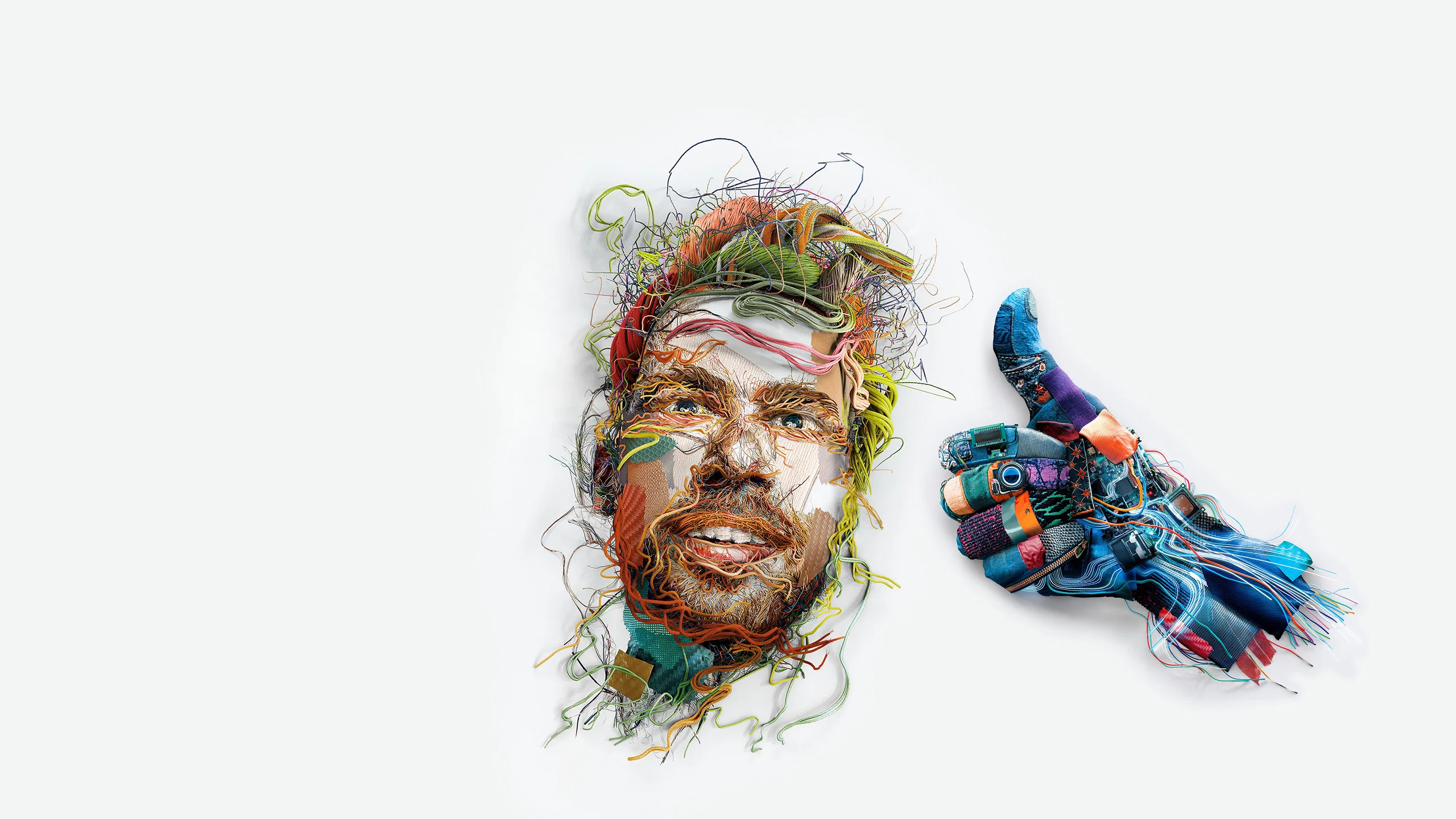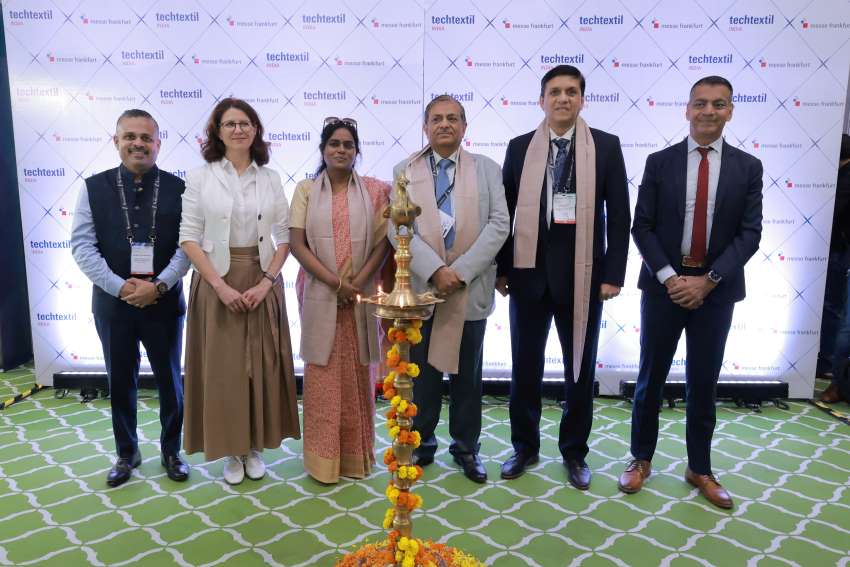Through manufacturing excellence the Indian textile industry is aiming at trying to achieve worldwide acceptance for its products. A new textile policy for 2017-2022 is being drafted. Awareness about government subsidies and schemes is being created across all forums. The textile industry is being encouraged to experiment with technical textiles such as agro textiles, geo textiles, medical textiles in order to be able to compete with European nations which contribute 60 per cent of the overall production of geo textiles.
Instead of just making a typical commodity product, the industry is attempting to change the product pattern and add more value to it to make India the largest producer of synthetic fiber globally. Systems and processes are key enablers for competitiveness in the apparel industry. India is known for having a robust industry structure. Even though labor costs are reasonably low, they can be improved upon with skill development. This would help in greater efficiency and also in satisfying the customer demand for quality, latest designs and timely delivery. Work efficiencies are being improved, starting from fiber to fashion. Four key trends are significantly impacting industries around the world. These are the millennials, digitization of business, the emergence of industry 4.0 and China’s expanding economy.
Indian textile and apparel industry upgrades and transforms
- 1
- 2
- 3
- 4
- 5
- 6
- 7
- 8
- 9
- 10
Profit with Purpose: Inside the 35% margin boom in upcycled fashion wholesale
The secondhand wholesale sector, once seen as the back end of fashion, is now leading a quiet revolution, one that... Read more
Inside Lululemon’s toughest year, tariffs, trend misses, and the fight to reigni…
For over a decade, Lululemon Athletica embodied everything the premium athleisure revolution stood for technical mastery, community-driven branding, and an... Read more
India's ‘Technical Textile’ sector 'Important for the World,' says Techtextil Di…
India is emerging as a global powerhouse in technical textiles, a growth recognized by the organizers of the world's leading... Read more
Anti-Dumping probe on Chinese PTY threatens to negate QCO rollback benefits
Just days after the Indian government withdrew Quality Control Orders (QCOs) on Polyester Textured Yarn (PTY) and other textile inputs... Read more
India's new ‘Labour Codes’ weave global compliance into apparel exports
The full implementation of India's four consolidated Labour Codes (The Code on Wages, The Industrial Relations Code, The Code on... Read more
Cotton’s fragile comeback, how the US-China truce is redrawing global fiber map
When Presidents Donald Trump and Xi Jinping announced a fragile peace in Busan last week, most of the attention in... Read more
Viscose freed, industry revived as India’s raw material reforms trigger a new MM…
In a policy reversal that has given some relief across India’s textile ecosystem, the Ministry of Textiles has officially rescinded... Read more
Q3 Lyst Index reveals a turning point, Saint Laurent rises, Loewe slumps
In a fashion industry often driven by noise viral micro-trends, rapid-fire drops, and overstated marketing the third quarter of 2025... Read more
India Fashions a Greener Future: Global Fibre Summit spotlights $100 bn export g…
The world's largest fibre innovation congress, the Dornbirn Global Fibre Conference (GFC) Asia, made a landmark debut in Mumbai this... Read more
Techtextil India 2025: Mumbai kicks off 10th edition, focussing on sustainable a…
The premier trade fair for technical textiles, non-wovens, and composites, Techtextil India 2025, commenced today, November 19, 2025, at the... Read more












